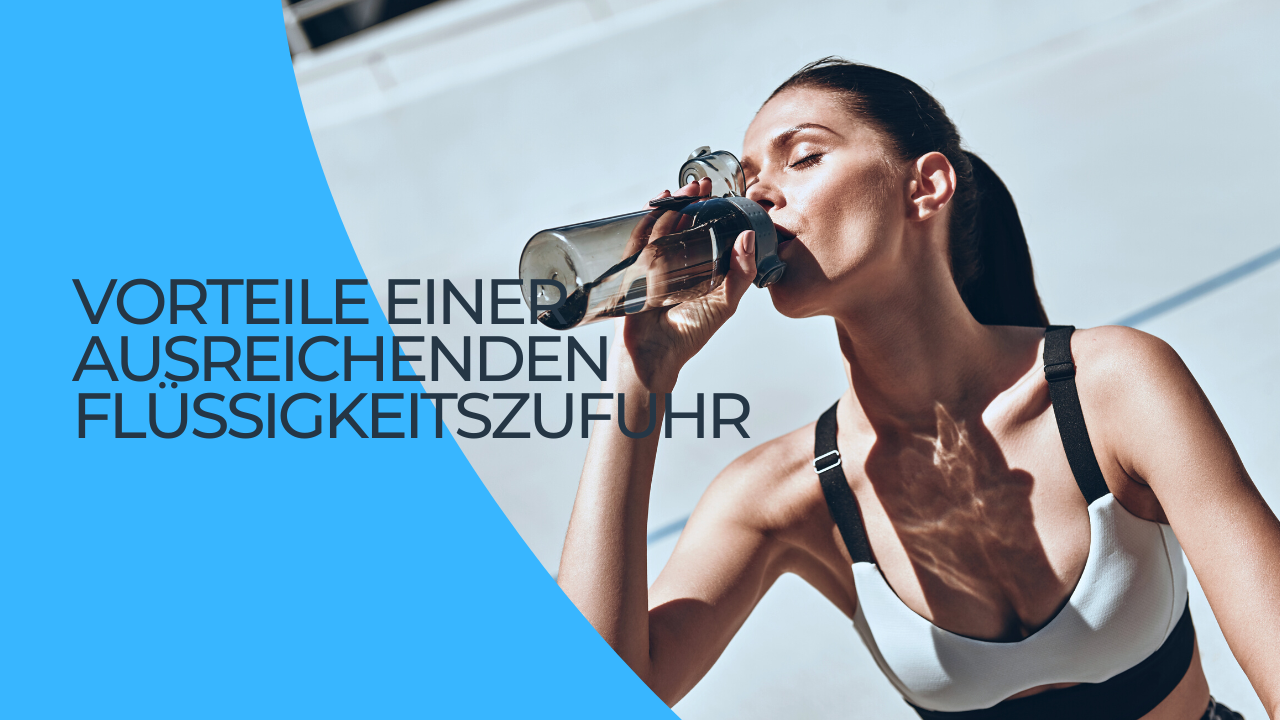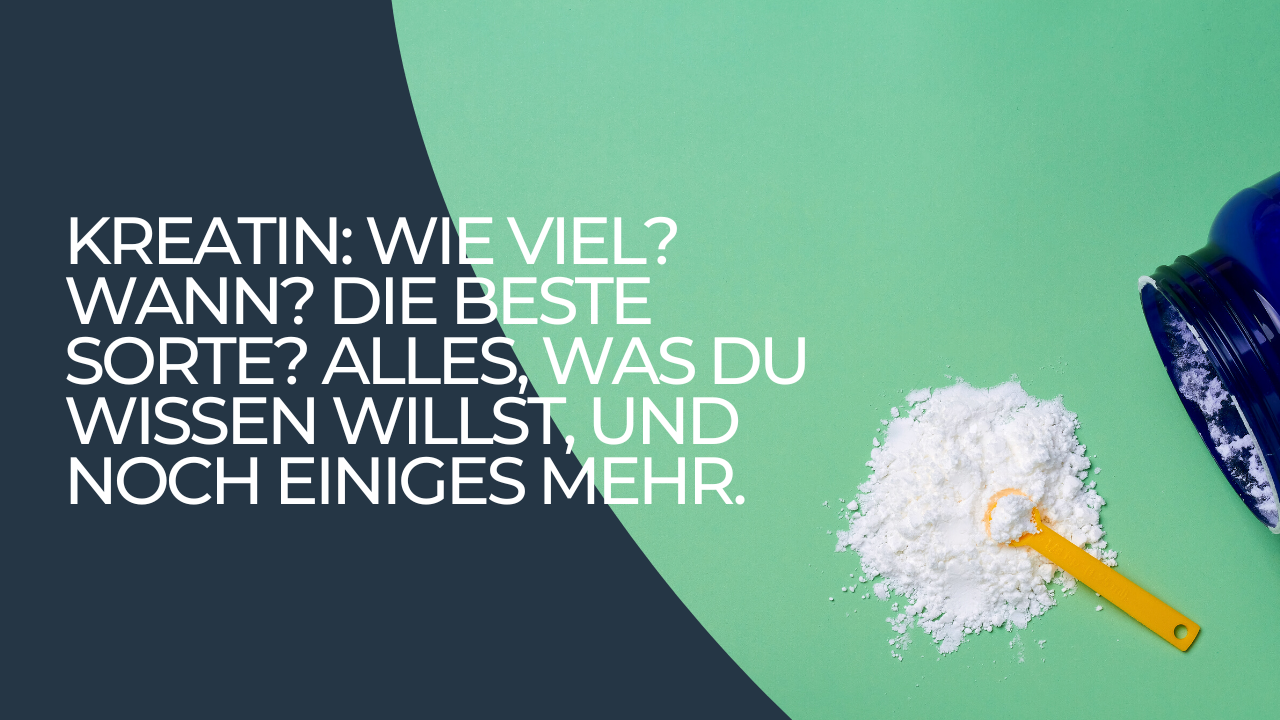The guide to perfect nutrition planning
This guide is designed to help you create your own plan. As you know, eating right can be tricky and is very individual, so there isn't really a one-size-fits-all recipe. Science is a process of discovering answers, and when it comes to our own bodies, each of us is our own scientific experiment. That's why we simply encourage you to try our products and see if they work for you. We encourage you to try our different products, flavors and Feeding Zone recipes to see what works for your needs. The amount of food, water, and salt you need depends on a variety of variables, such as your fitness level, exercise intensity, duration, and environment. Given the many options available here, we've found that listening to your body and taking enough supplies to improvise is often better than setting a rigid schedule and being inflexible.
Two main factors play a role in nutrition: sweat/sodium loss rate and calorie deficit.
sweat rate
One of the easiest ways to find out your sweat rate is to weigh yourself on a scale before and after your workout. Any weight loss (where 500g equals 500ml of water) plus the amount of fluid consumed during exercise is your total sweat loss. So if you gain weight while exercising, you're drinking too much. Ideally, you shouldn't lose more than 3% of your body weight from dehydration.
An important consideration, however, is that rehydrating during exercise isn't just about water balance, it's also about sodium balance. This means you need to replace both the water and sodium you lose during exercise to stay properly hydrated. Unfortunately, the sodium in sweat is very individual and can vary between 400 mg and 2000 mg per liter of sweat, with the average being somewhere between 700-900 mg per liter (le melo hydration is around 1600 mg of salt per liter (2 sticks). As As a general rule of thumb, if you're not consuming enough salt-to-water ratio you'll need to urinate frequently despite the weight loss from sweat, whereas if you're consuming too much salt-to-water ratio you'll want to drink more water and You may gain weight because the high salt intake may cause you to drink more water than you lose through sweat.
Remember that hydration is about two needs:
1) Water balance - measure with a scale before and after training.
2) Sodium Balance - Measured by listening to thirst
Tip: Drink to your thirst with le melo Electrolyte Hydration Mix while you train or race and if you are underweight after the training/race, add more salt!
Aside from the calories you're consuming from your hydration mix, you also want to know how many calories you're consuming in total. Try the following calculation:
1. Find out how many calories you burn. The fitter you are, the harder you work; the less efficient you are, and the bigger you are, the more calories you burn.
As a guide, the best athletes in the world can barely burn more than 1,000 calories an hour for more than 3 hours.
2. Find out how many of the calories you burn come from fat and carbohydrates. During training, we mainly consume fat and carbohydrates and almost no protein, except in extreme situations. With high intensity training we mainly use carbohydrates, with low intensity we mainly burn fat. At 50% of maximal aerobic capacity, about 45-55% of calories come from fat; at 75% of maximum capacity, this proportion drops to about 10-30%; and at maximum capacity (100%), none of our calories come from fat.
3. Find out how many carbohydrate calories you have stored as glycogen. Because fat stores are plentiful, it's almost impossible for them to be depleted during exercise. But glycogen stores are finite, and once depleted, it's impossible to sustain high intensity. It's also harder to maintain blood sugar (which is critical to fueling the brain and nervous system) and harder to burn fat, all of which can lead to fatigue. On a moderate-carbohydrate diet (40-50% of total intake), an athlete has about 1,000 calories available for lower-body training, on a high-carbohydrate diet (60-70% of total intake), these stores can double to about 2,000 calories.
4. Subtract calories burned from total calories from fat and total calories from stored glycogen to calculate what to eat. For example, let's say you burn 2,000 calories during a 3-hour bike ride, and that 500 of those calories come from fat and 1,000 from stored glycogen. In this scenario, subtracting 2,000 calories from 1,500 calories (total calories from fat and carbohydrates) results in a deficit of 500 calories.
- 2000 calories burned
+500 calories from fat
+1000 calories stored as glycogen
500 calorie carbohydrate deficit
If there is a deficit, eat. If not, don't eat.
As a rule of thumb, if you're consuming at least half the calories burned every hour for activities longer than 2 hours, you've almost always consumed enough calories to keep going.
For an easier workout:
If the workout isn't too hard or long, you can just get up and go, especially in the morning when you just got up. What is unique about sleep is that it is essentially an overnight fast that readjusts the body's hormonal and metabolic environment, keeping blood sugar steady despite the lack of food. You can take advantage of this in the morning by simply getting up and starting your workout, followed by breakfast. This works especially well for lower-intensity aerobic workouts where your primary fuel source is fat. So if it's early, the intensity or duration isn't too high, and you've gotten enough sleep, just get up and go.
For shorter and lower intensities in moderate temperatures, it's probably okay to drink plain water if you're quenching your thirst, as losing water isn't likely to be an issue for shorter durations and cooler temperatures. But for longer, harder exertions in high temperatures, where water and sodium loss can be very high, simply drinking water to quench thirst is suboptimal, as losing more than 3% of your body weight in water can result in significant performance and muscle loss possible heat-related illnesses.
If you're starting later in the day, pay attention to how you've hydrated and eaten throughout the day to avoid overexerting yourself. Maybe you didn't hydrate well during the day, then you can drink le melo before training. If you haven't eaten in 3 hours and you're worried that you don't have enough energy for a hard workout, start eating and drinking when you start exercising. What's unique about training is that normally when we're training, unless you're training at a very low intensity, insulin isn't normally released because the working muscles are able to absorb sugar without needing insulin. This means that if you eat something right at the start of your workout, you won't experience the crash that often occurs when you overeat about an hour before your workout. You often see athletes on the starting line gorging on simple sugars just before the starting gun to get a little boost. Aside from food, another common practice for many athletes is to drink a high to very high sodium solution, such as le melo hydration mix (1200 mg sodium per liter), right before very hard and long training sessions in medium to high heat when staying hydrated could be a problem. Drinking a sodium-rich solution right before exercising in the heat can offset the drop in blood pressure and the extra space created by the dilated blood vessels that bring hot blood to the skin to cool you down. But be careful. If you drink too much at the beginning of your workout, when it's cool, or when your workout intensity is low, you'll likely need to pee after 20-30 minutes.
For harder efforts in the 1-2 hour range, keep these things in mind:
1) Hydrate first, then refuel. There is a philosophical problem called Buridan's donkey, in which a donkey that is as thirsty as it is hungry is exactly the same distance from a barrel of hay and a barrel of water. Suppose the donkey wants water as badly as it wants food. What does the donkey do when it is exactly the same distance from both? Some philosophers believe that the donkey will die because he is unable to make a decision. Others believe that the donkey's free will has nothing to do with the problem and that an external circumstance such as a butterfly flapping its wings will move the donkey to either the water or the hay. From a physiological perspective, philosophy doesn't matter. In most situations, the donkey has to drink first and then eat. This is especially true when you exercise, which makes you sweat a lot. When it's warm or hot and the intensity is high, the fluid and sodium we lose through sweat is more likely to have a negative impact on our performance before depleted fuel stores do. Additionally, a low-carb solution (4 grams of carbs per 100mL of water) with plenty of sodium (700-800mg of sodium per liter) can actually hydrate better than water alone, while also providing some fuel. That's because the active transport of sugar and sodium helps speed up the movement of water through the small intestine into the body. So when it's really hot and the sweat rate is high, focusing on hydration with a low-carb solution can provide more than enough energy since the amount needed to drink is also high. With that in mind, there are very few, if any, instances where just drinking water is better than using a low-carb drink mix high in sodium. Generally speaking, replacing at least half of the calories you burn per hour and keeping your fluid loss below 3-4% of your body weight will keep you hydrated and energized for most workouts lasting between 2 and 8 hours.
2) Drink when you are thirsty. I often hear people say, "...if you start drinking when you're thirsty, it's already too late" - simply because you're too dehydrated to fix the problem. However, my experience with top athletes training in extreme environments is different. When someone drinks beyond their thirst, they run the risk of diluting sodium levels in their blood - a phenomenon called hyponatremia, which can lead to a range of problems and, in extreme cases, even death. Thirst helps control blood sodium levels. In fact, one of the most important indicators of thirst is an increase in the concentration of sodium in the blood. When we sweat, losing more water than salt, sodium levels in the blood rise, making us thirsty. When we drink plain water, we don't need to drink as much as we lost because we lose a significant amount of sodium in our sweat (600 to 1500 mg of sodium per liter of sweat). This means that with plain water, we stop being thirsty before we've replaced all of the water lost. In other words, thirst controls sodium balance, not water balance. And this quality of thirst is actually a good thing, because while losing water can be bad for our athletic performance, upsetting the sodium levels in our blood can be bad for our lives. The simple solution is to replace both the water and the sodium you lose through your sweat. Thus, thirst may be a better trigger to maintain both water and sodium balance. Still, it's important to listen to your thirst to time your fluid intake, regardless of the type of beverage you're using, because keeping sodium in check takes priority over water. That is, if you weigh yourself before and after your workout to get a sense of your water loss and you consistently find that you are more than 3% to 4% dehydrated and/or you find that you are more dehydrated than your peers and suffer from it, you should consider that the amount of water itself may not be the problem. If you drink to quench your thirst, you may not be getting enough sodium. If you get enough of it, the timing will take care of itself if you listen to your body.
Unfortunately, as already mentioned, everyone's sweat is different. Some people lose just a little bit of sodium in their sweat (400-700 mg L), while others can lose a lot (1000-1500 mg L). Because of this, you should be aware that some salt in the range of 800-1200mg of salt per liter of water like that found in our Sport Hydration Drink Mix will always be better than plain water. In addition, if you think you are losing more sodium than others, you can have your sodium sweat concentration measured by a sweat test here at le melo and use our higher sodium products such as our Hydration Mix (1500 mg/ liter = 2 sticks), to supplement your sodium needs and perform at your best.





